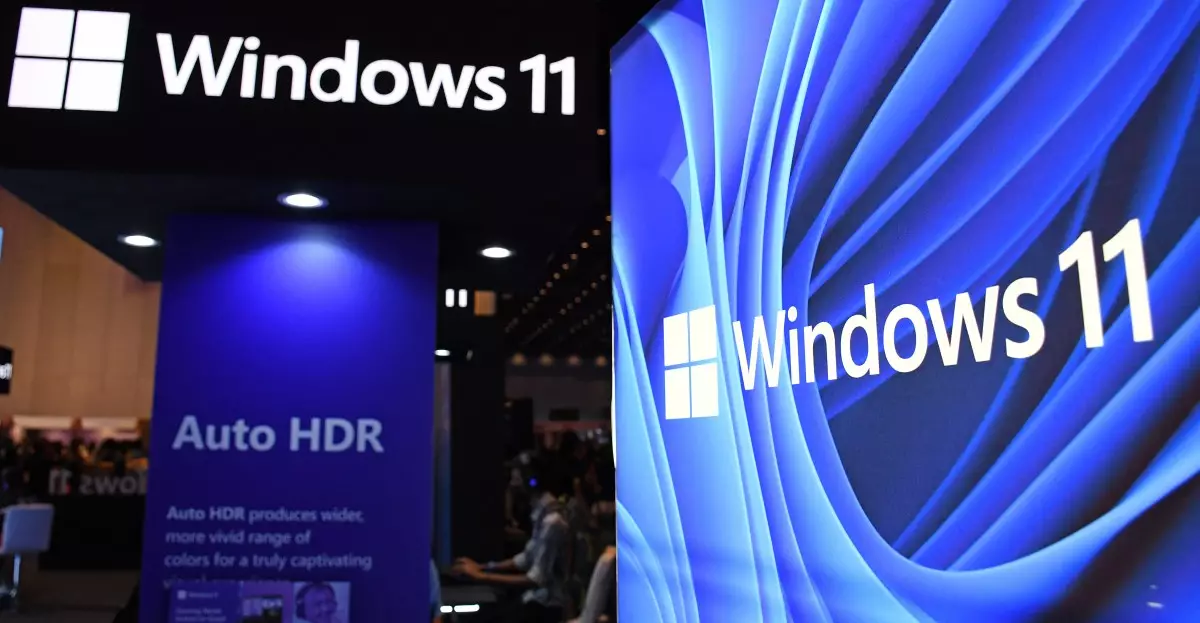In recent discussions across tech communities and social media platforms, a narrative has emerged suggesting that Windows 11 security updates are responsible for causing SSD failures, particularly with drives featuring Phison controllers. This storyline has gained traction, fueled by sensational claims from content creators and media outlets eager to assign blame. However, a closer examination of technical evidence and manufacturer insights reveals a different perspective: the root cause lies not within Microsoft’s patches but in the misuse of pre-release firmware and BIOS versions during testing.
The media frenzy, driven largely by YouTubers like JayzTwoCents, has painted Microsoft as the villain in this scenario. Such claims often ignore the nuanced realities of hardware testing and firmware development. While it’s tempting to hold the software giant accountable for unpredictable system behavior, these failures are more accurately attributed to the premature use of unstable firmware versions by testers, not a direct consequence of Windows 11 updates themselves.
Firmware: The Hidden Culprit of SSD Instability
Phison, a leading controller manufacturer, decisively shifts the blame away from Windows updates and toward firmware versions that are still in development or intended for testing purposes. The company emphasizes that many reports originate from media testing on hardware running early firmware and BIOS versions—software meant solely for experimental use, not end-user deployment. These engineering preview firmware are inherently unstable and prone to malfunctions under certain conditions, such as recent Windows security patches.
Michael Wu, GM of Phison US, clarifies that when actual consumer drives, shipped with final firmware, are tested under the same Windows updates, no failures occur. This indicates that the firmware itself is the weak link—early versions, not the latest official releases—are responsible for the observed issues. This distinction is critical because it underscores that the problem is not systemic in Microsoft’s updates but in the premature deployment of unstable firmware by testers eager to showcase problems.
The proliferation of blame against Microsoft illustrates a common trap in tech troubleshooting: equating correlation with causation. When users experience drive failures around the time of a Windows update, it’s easy to jump to conclusions. Yet, correlation does not imply causation, especially when other variables—such as firmware version or hardware configuration—are not thoroughly considered.
Microsoft’s own statement that it “found no connection” between updates and drive failures should carry weight. It signifies a responsible, data-driven approach emphasizing that the software updates are not inherently destructive. Nevertheless, the narrative persists, driven by anecdotal reports and sensationalized videos. This illustrates a broader issue within tech journalism and social media: the tendency to prioritize engaging stories over nuanced, accurate explanations.
Reflections on the Broader Implications
This situation is a stark reminder of how critical proper testing and firmware management are in the tech industry. It exposes the dangers of relying on early firmware versions for testing purposes—software that isn’t representative of end-user conditions. Manufacturers and testers must understand that deploying pre-release firmware on consumer hardware can lead to misleading stories and unwarranted panic, which ultimately damages trust in both hardware and software providers.
Furthermore, it highlights a significant societal weakness: the tendency to blame big corporations for every technical hiccup, often without rigorous proof. While Microsoft does indeed face criticism for past update issues, this instance appears less a fault of the company and more a failure of testers and reviewers to adhere to proper firmware procedures.
This episode underscores the importance of critical thinking and technical literacy. It’s vital for consumers, content creators, and journalists alike to distinguish between genuine hardware-software conflicts and issues stemming from experimental firmware. Only then can the industry move toward more accurate fault attribution and ultimately, more reliable technology ecosystems.

